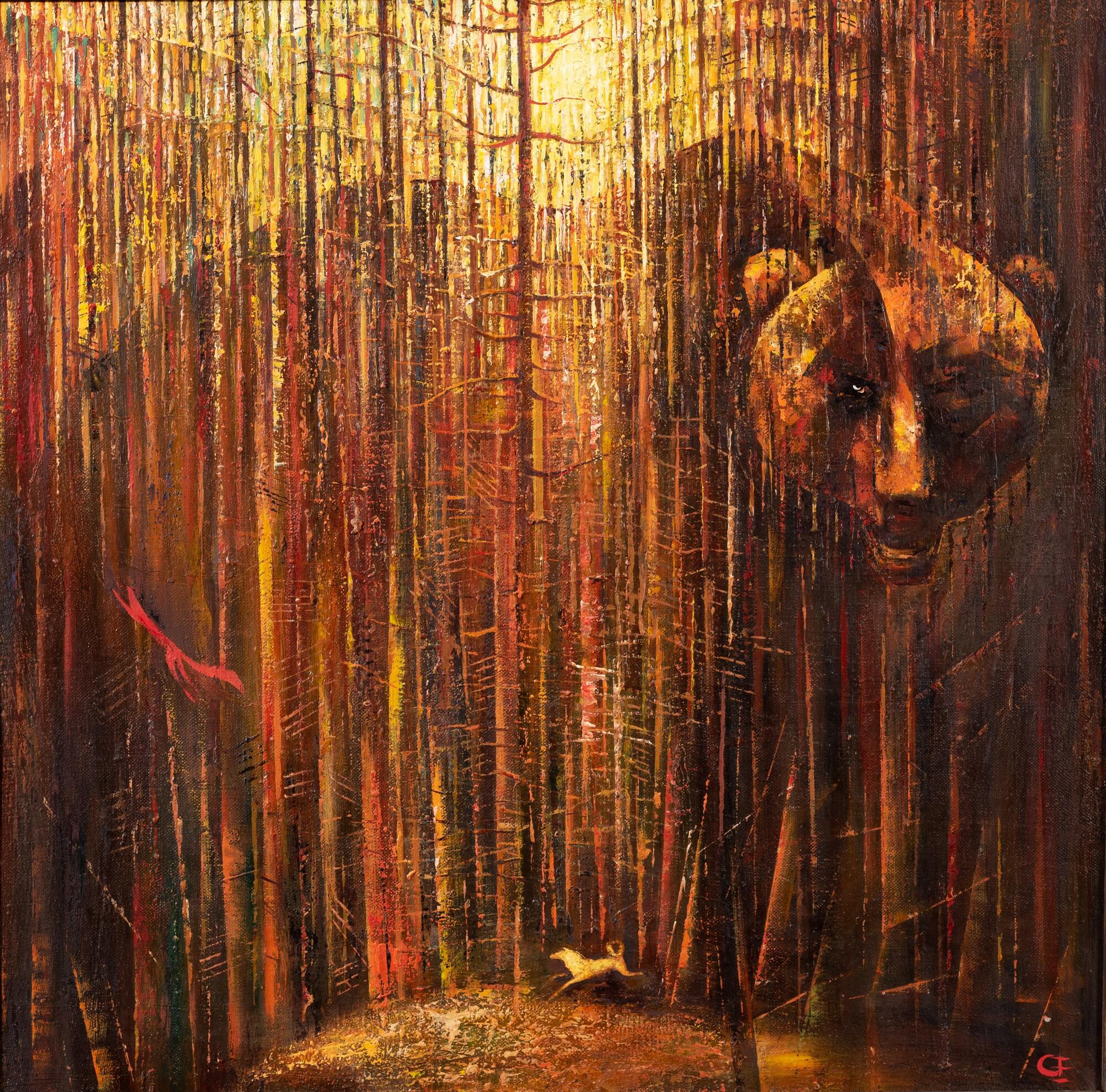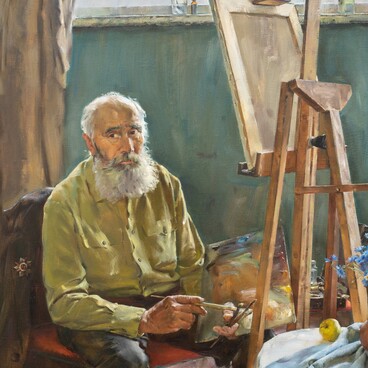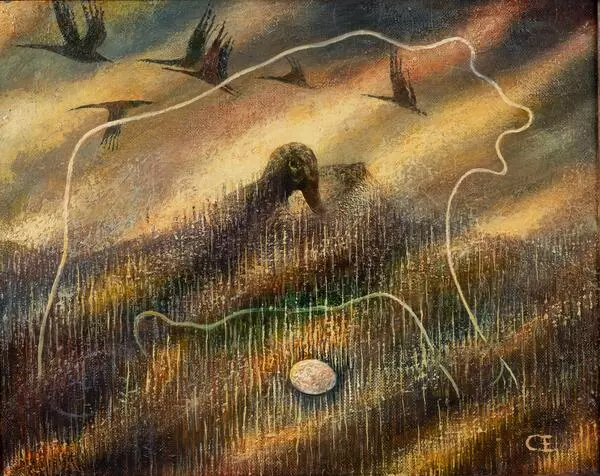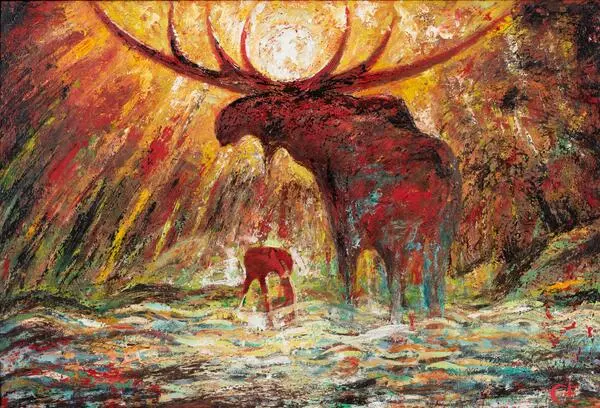Animal cults originated in prehistoric times. Usually, the animals that were hunted for food were most worshiped. Some animals and birds were also revered even if they were not often hunted. They were considered the senior masters or progenitors of the people. At the same time, the tradition to believe that a certain group of people was descended from a specific animal (a totem) also became widespread.
The Mari people considered the bear, the Master of the forest, to be their totemic animal. The first images of the bear are found in the artifacts of the Stone Age: the bear was often depicted in flint figurines standing on its hind legs, resembling a human figure. The names of the villages, for instance, Maska Rodo (“Bear’s Kind”), Maska Nur (“Bear’s Field”), also prove that the bear was the ancestor and totemic animal of the Mari people.
According to the mythological ideas of the Mari people, the bear was born in the sky, near the Sun, and was lowered to earth in a golden cradle. One day he met a beautiful girl in the forest and let her live in its den, and after a while they had a son who absorbed all the best qualities of the beast and the human and became the progenitor of the Mari people. That is why the bear has always been revered by the Mari people as the progenitor and Master of the forest, without his permission it was forbidden to enter the forest.
The bear is depicted in the painting by Sergey Evdokimov “The Master of the Forest” as this powerful and strict master. In his work, the artist often refers to the mythological origins of the Mari culture; he joined the ethnofuturist movement in the mid-1990s. Sergey Evdokimov’s works, inspired by the Mari mythology, are multifaceted, associative, and vivid. To create the image reminiscent of the ancient past, the artist uses paints similar in color and texture to the materials used by ancient artists for painting on walls of caves. The artist turns to the images of the mighty ancestors of human animals to remind us that we need to preserve the connection between people and nature that used to be so strong.
In the modern Finno-Ugric world, Sergey Evdokimov’s paintings are highly valued. His works have been exhibited at Russian and foreign exhibitions. They are kept in the collections of state museums and galleries of the Mari El Republic and in private collections in Russia and abroad.
The Mari people considered the bear, the Master of the forest, to be their totemic animal. The first images of the bear are found in the artifacts of the Stone Age: the bear was often depicted in flint figurines standing on its hind legs, resembling a human figure. The names of the villages, for instance, Maska Rodo (“Bear’s Kind”), Maska Nur (“Bear’s Field”), also prove that the bear was the ancestor and totemic animal of the Mari people.
According to the mythological ideas of the Mari people, the bear was born in the sky, near the Sun, and was lowered to earth in a golden cradle. One day he met a beautiful girl in the forest and let her live in its den, and after a while they had a son who absorbed all the best qualities of the beast and the human and became the progenitor of the Mari people. That is why the bear has always been revered by the Mari people as the progenitor and Master of the forest, without his permission it was forbidden to enter the forest.
The bear is depicted in the painting by Sergey Evdokimov “The Master of the Forest” as this powerful and strict master. In his work, the artist often refers to the mythological origins of the Mari culture; he joined the ethnofuturist movement in the mid-1990s. Sergey Evdokimov’s works, inspired by the Mari mythology, are multifaceted, associative, and vivid. To create the image reminiscent of the ancient past, the artist uses paints similar in color and texture to the materials used by ancient artists for painting on walls of caves. The artist turns to the images of the mighty ancestors of human animals to remind us that we need to preserve the connection between people and nature that used to be so strong.
In the modern Finno-Ugric world, Sergey Evdokimov’s paintings are highly valued. His works have been exhibited at Russian and foreign exhibitions. They are kept in the collections of state museums and galleries of the Mari El Republic and in private collections in Russia and abroad.





